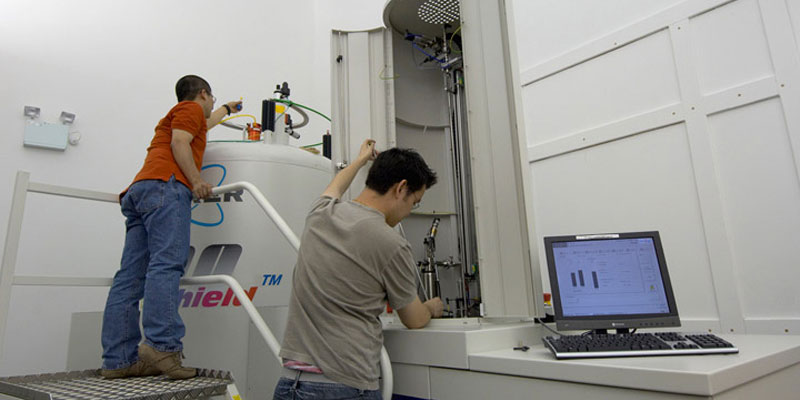Explore the PhD projects currently offered by the Department of Chemistry.

Magnetic Resonance and Hyperpolarisation
| Name | Expertise |
|---|---|
| Martin Cockett |
|
| Simon Duckett |
|
| Ian Fairlamb |
|
| Meghan Halse |
|
| Aneurin Kennerley |
|
| Robin Perutz |
|
| Angelika Sebald |
|
